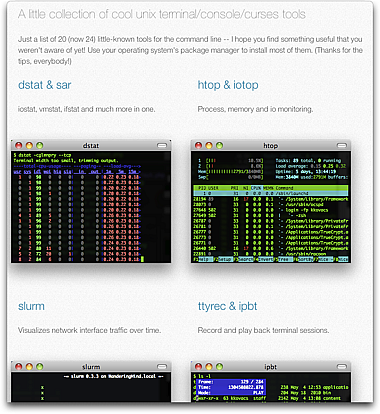Wired is running a piece on “a bit of drama surrounding the release of iCloud”:http://bit.ly/jj6cf0 that probably hasn’t appeared on the consumer radar. I don’t expect that it ever will, and for good reason. This is like a janitor feud at the YMCA (sorry janitors). No one cares. The accusation is that the new WiFi sync feature available as part of iCloud is a feature that was “ripped off” from a jailbreak app developer who sells a WiFi sync product in Cydia, the jailbreak web store. Holy cow, I don’t even understand what I just wrote.
Right now, you’re scratching your head wondering if “jailbreak” is some sort of game. Jailbreaking is something you do to your iPhone so you can, among other things, load software that isn’t available (or allowed) in the Apple App Store. You also may not know, and probably don’t care, that Apple takes 30% of every app sale that is sold through the App Store, kind of like Best Buy makes a margin on every product they sell. Some developers are opposed to this kind of thing, so they set out to build their own methods of distributing and installing software. Ironically, this is all coordinated through an “app store” called Cydia, which also takes a cut from developers and has rules for inclusion.
Still awake?
I know this is enough to put any normal person to sleep, but this is all new stuff for app developers. Under the old PC/Mac model developers were responsible for marketing your own software, and providing a means to download, install, and update it. Apple’s vision for iOS (iPhones, iPads, iPod Touches, etc) is that the software available on their platform should conform to a certain standard and should deliver a uniform user experience. Along those lines, there should be a single, simple mechanism for loading software. This mechanism is the App Store. You use it every time you download a hot new game for $0.99.
Alright, alright, alright, so where’s the drama I promised? Well, there’s an app developer that, long ago, set out to build a piece of software that would allow you to sync your music to your iOS device over WiFi instead of a cable. Yeah, pretty cool idea. I’m sure Apple didn’t really want that as a feature, right? Hrm.
I haven’t used the app in question, so I can’t speak to it’s speed or quality, but when Apple doesn’t deliver a feature, there’s usually a reason for it. Amongst software developers, Apple is known for a development philosophy that spends as much time thinking about what _shouldn’t_ go in to a piece of software, as what should. Apple rejected this WiFi sync app when it was originally submitted to the Apple App Store. This was Apple’s way of saying, “You shouldn’t develop that app.” Probably because they were developing one of their own, but had very specific ideas about how it should work.
For what it’s worth, Apple’s version of “WiFi sync” works a lot differently than the one available for jailbroken devices. Apple’s sync works in conjunction with their free “iCloud service”:http://www.apple.com/icloud/, which requires several data centers. Oh, and they cost around $500 million a piece to build. I’m no construction expert, but I’m guessing you don’t drop $500 million data centers over a weekend.
The developer didn’t listen when Apple told him no. He continued to develop the app and started selling it on the unsanctioned Cydia app store, which requires the jailbreaking procedure I mentioned earlier. Bully for him. I hope he made a few bucks. There were certainly enough people who wanted that feature, and wanted it right away, but this whole mess of being surprised when Apple implements WiFi sync is just ridiculous. Apple hasn’t taken any action to shut down the Cydia app store. The jailbreak community is thriving, and outside of locking the device down as best they can, Apple hasn’t taken any direct action to stop it.
The only open question for me was the logo, which Apple also allegedly ripped off from his app. I was a little put out at first, but then I opened my eyes and saw something that should be blindingly obvious to any sighted individual. A good comparison is pictured in the Wired article. Go have a look at it, then check this out.
This is my menu bar. It appears in the upper-right of every computer running OS X, just like the clock and task bar in the lower-right corner of every Windows PC. The two icons that I labeled are relevant here.
!http://www.bradlanders.com/wp-content/uploads/2011/06/menu-bar-examples.png!
Now here’s my menu bar with some hot Photoshop action.
!http://www.bradlanders.com/wp-content/uploads/2011/06/menu-bar-examples-shopped.png!
OMG those lazy asses at Apple just mashed up two existing icons rather than creating something new. How dare they!? Oh, wait, they obviously ripped it off from that Cydia-WiFi-Sync-App-guy. Forgot about that.
This whole post was inspired by my reaction to “a post over at Hacker News”:http://news.ycombinator.com/item?id=2643545:
bq. But why did they ban them then? Just so they don’t have competition when they do launch it? think Apple’s thought process is a bit like a communist’s. Why allow 3rd parties to build something when we can build it ourselves?
Yes, Apple are communists. Despite the fact that they are A) not a government, and B) no one has ever bought an iPod as a result of coercion. Unless of course you count whining children…
Wait, maybe kids are commies!

